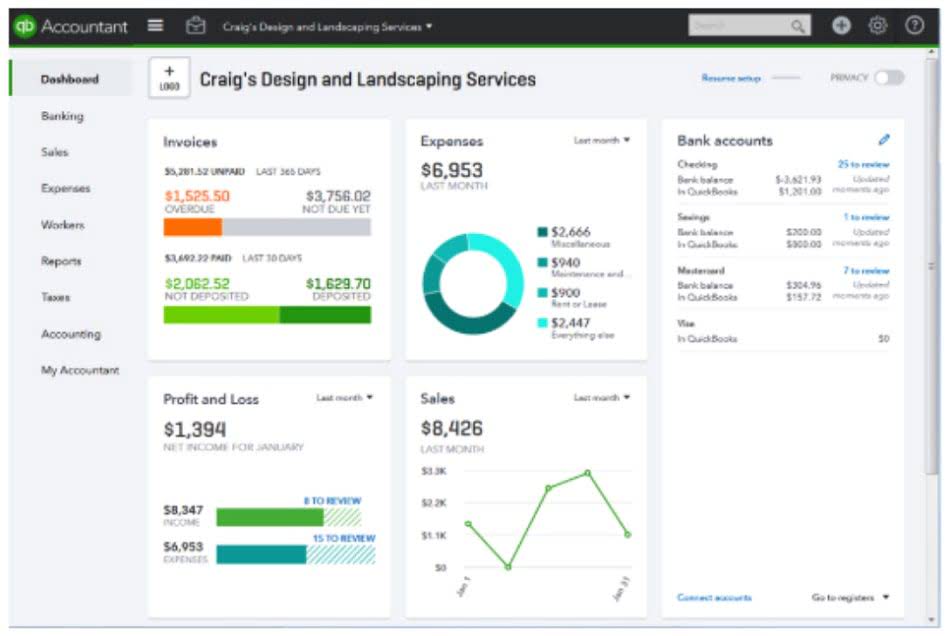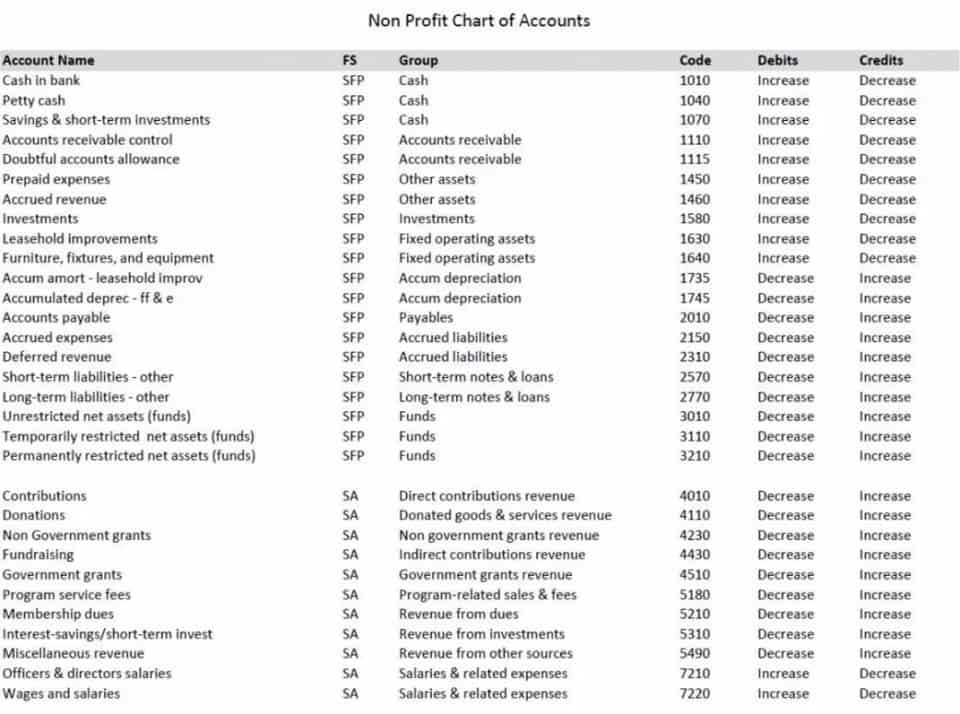
The predetermined overhead rate allows for the absorption of overheads during the period for which they have been computed and is based on the anticipated amount of overhead and the anticipated quantum or value of the base. This rate is useful from the point of view of cost control as it enables management to plan ahead and budget for the future. The formula for a predetermined overhead rate is expressed as a ratio of the estimated amount of manufacturing overhead to be incurred in a period to the estimated activity base for the period.
Predetermined Overhead Rate
The company, having calculated its overhead costs as $20 per labor hour, now has a baseline cost-per-hour figure that it can use to appropriately charge its customers for labor and earn a profit. That is, the company is now aware that a 5-hour job, for instance, will have an estimated overhead cost of $100. This is https://www.bookstime.com/ related to an activity rate which is a similar calculation used in Activity-based costing. A pre-determined overhead rate is normally the term when using a single, plant-wide base to calculate and apply overhead. Overhead is then applied by multiplying the pre-determined overhead rate by the actual driver units.

Chapter 4 LO 4 — Compute a Predetermined Overhead Rate and Apply Overhead to Production

When the $700,000 of overhead applied is divided by the estimated production of 140,000 units of the Solo product, the estimated overhead per product for the Solo product is $5.00 per unit. The computation of the overhead cost per unit for all of the products is shown in Figure 6.4. Overhead costs are then allocated to production according to the use of that activity, such as the number of machine setups needed. In contrast, the traditional allocation method commonly uses cost drivers, such as direct labor or machine hours, as the single activity. The price a business charges its customers is usually negotiated or decided based on the cost of manufacturing.
- Finally, this rate is applied to the actual activity level to ascertain the total applied manufacturing overhead for a given period.
- The predetermined overhead rate is set at the beginning of the year and is calculated as the estimated (budgeted) overhead costs for the year divided by the estimated (budgeted) level of activity for the year.
- However, the difference between the actual and estimated amounts of overhead must be reconciled at least at the end of each fiscal year.
- Unless a cost can be directly attributable to a specific revenue-generating product or service, it will be classified as overhead, or as an indirect expense.
- If a company prices its products so low that revenues do not cover its overhead costs, the business will be unprofitable.
- Knowing the total and component costs of the product is necessary for price setting and for measuring the efficiency and effectiveness of the organization.
- If you’d like to learn more about calculating rates, check out our in-depth interview with Madison Boehm.
Determining Estimated Overhead Cost
The Cut andPolish department expects to use 25,000 machine hours, and theQuality Control department plans to utilize 50,000 hours of directlabor time for the year. Kline Company expects to incur $800,000 in overhead costs this coming year—$200,000 in the Cut and Polish department and $600,000 in the Quality Control department. The Cut and Polish department expects to use 25,000 machine hours, and the Quality Control department plans to utilize 50,000 hours of direct labor time for the year. One of the advantages of predetermined overhead rate is that businesses can use it to help with closing their books more quickly. This is because using this rate allows them to avoid compiling actual overhead costs as part of their closing process. Nonetheless, it is still essential for businesses to reconcile the difference between the actual overhead and the estimated overhead at the end of their fiscal year.

Predetermined Overhead Rate: Explanation

For example, Figure 4.18 shows the monthly costs, the annual actual cost, and the estimated overhead for Dinosaur Vinyl for the year. In our example, the finishing department sees labor hours as the logical cost driver, because it is labor-intensive. In other words, the costs accumulated in the pool are mostly due to the hand labor done by skilled workers. However, instead of using hours worked, we have decided to use wages and benefits at $20 per hour. Remember that by using labor $, we would take into account the relative skill level of the employees, assuming that more skilled workers made more per hour.
- The actual overhead rate is based on the actual amount of overhead to be absorbed and the actual quantum or value of the base selected (e.G., Direct wages, cost of materials, machine hours, direct labor hours, etc.).
- In these situations, a direct cost (labor) has been replaced by an overhead cost (e.g., depreciation on equipment).
- You now have both the allocation rate for the assembly department, $3 per machine hour, and the finishing department of $0.125 per machine hour.
- Initially, it requires estimating the total manufacturing overhead costs and selecting an appropriate allocation base.
- If the overhead rate is recomputed at the end of each month or each quarter based on actual costs and activity, the overhead rate would go up in the winter and summer and down in the spring and fall.
- Finally, you would divide the indirect costs by the allocation measure to achieve how much in overhead costs for every dollar spent on direct labor for the week.
- The example shown above is known as the single predetermined overhead rate or plant-wide overhead rate.
- Besides his extensive derivative trading expertise, Adam is an expert in economics and behavioral finance.
- Overhead costs are then allocated to production according to the use of that activity, such as the number of machine setups needed.
- For example, overhead costs may be applied at a set rate based on the number of machine hours or labor hours required for the product.
- Also, it’s important to compare the overhead rate to companies within the same industry.
This activity base is often direct labor hours, direct labor costs, or machine hours. Once a company determines the overhead rate, it determines the overhead rate per unit and adds the overhead per unit cost to the direct material and direct labor costs for the product to find the total cost. Added to these issues is the nature of establishing an overhead rate, which is often completed months before being applied to specific jobs. Establishing the overhead allocation rate first requires management to identify which expenses they consider manufacturing overhead and then to estimate the manufacturing overhead for the next year. Manufacturing overhead costs include all manufacturing costs except for direct materials and direct labor. Estimating overhead costs is difficult because many costs fluctuate significantly from when the overhead allocation rate is established to when its actual application occurs during the production process.
Figure 4.18 shows the monthly manufacturing actual overhead recorded by Dinosaur Vinyl. For example, the total direct labor hours estimated for the solo product is 350,000 direct labor hours. With $2.00 of overhead per direct hour, the Solo product is estimated to have $700,000 of overhead applied.
Create a Free Account and Ask Any Financial Question
Finance Strategists is a leading financial education organization that connects people with financial professionals, priding itself on providing accurate and reliable financial information to millions of readers each year. the predetermined overhead allocation rate is the rate used to This team of experts helps Finance Strategists maintain the highest level of accuracy and professionalism possible. At Finance Strategists, we partner with financial experts to ensure the accuracy of our financial content.
Direct labor standard rate, machine hours standard rate, and direct labor hours standard rate are some methods of factory overhead absorption. That amount is added to the cost of the job, and the amount in the manufacturing overhead account is reduced by the same amount. At the end of the year, the amount of overhead estimated and applied should be close, although it is rare for the applied amount to exactly equal the actual overhead. For example, Figure 8.41 shows the monthly costs, the annual actual cost, and the estimated overhead for Dinosaur Vinyl for the year. Using the predetermined overhead rate formula and calculation provides businesses with a percentage they can monitor on a quarterly, monthly, or even weekly basis.
Example 1: Costs in Dollars
This is why a predetermined overhead rate is computed to allocate the overhead costs to the production output in order to determine a cost for a product. The predetermined overhead rate is, therefore, usually used for contract bidding, product pricing, and allocation of resources within a company, based on each department’s utilization of resources. Sales of each product have been strong, and the total gross profit for each product is shown in Figure 6.7.
